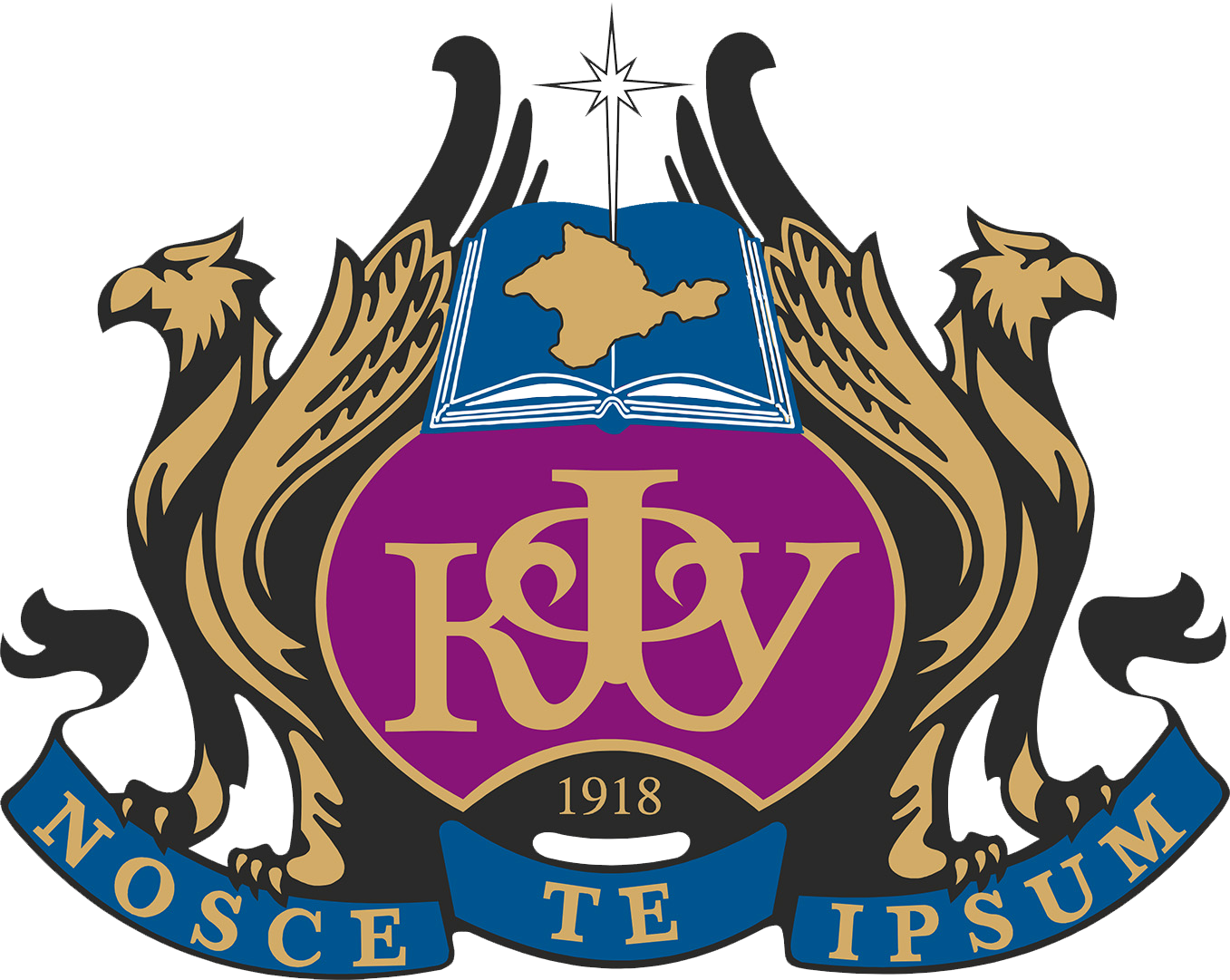In total, 51,913 birds of the Corvidae family were counted in the Omsk Region in 1979–2023, including 3,406 magpies (7 %) with an average long-term indicator of abundance of 2.95 individuals/km2 of counting routes. The total number of counted magpie nests was 4,301, including 1,554 fully completed nests with finished roofs that were intact by mid-February. The ecological optimum for this species is within the forest-steppe climatic region, where most family individuals nest. Young immature individuals are predominantly displaced from the forest-steppe to the steppe and forest climatic regions, where they stay in small groups within anthropogenic biotopes. The distribution of magpies depends on the degree of synanthropization of the territory (the number of people in the administrative districts of the region and the sown area of agricultural land): the higher it is, the greater is the number of magpies (p<0.05, r=0.78 and r=0.66, respectively) and fully prepared magpie nests with finished roofs (p<0.05, r=0.47 and r=0.40, respectively). The features of the annual cycle of magpies vary according to the age category of individuals. The greatest number of magpies throughout the year is observed in the forest-steppe climatic region (mainly due to sexually mature family individuals); while in August the forest (subtaiga) climatic region has the highest abundance (mostly due to immature non-breeding individuals). Wintering of magpies is confined to urban and rural settlements in forest-steppe and steppe/steppe climatic regions. The obtained spatial-temporal characteristics made it possible to make an ecological model of the magpie population in the Omsk region.
magpie; modern agricultural landscape; abundance on survey routes; number of nests; regional biology and ecology of the species; Omsk Region
1. Beme R. L., Dinec V. L., Flint V. E., Cherenkov A. E. Pticy. Enciklopediya prirody Rossii / pod obschey red. V. E. Flinta. Izd. vtoroe, dopoln. i pererabot. – M., 1998. – 432 s.
2. Eliseeva I. I. (red.), Yuzbashev M. M. Obschaya teoriya statistiki. – M.: Finansy i Statistika, 2002. – 480 s.
3. Kassal B. Yu. Ekologicheskaya ocenka ornitofauny Tarskogo rayona // Trudy Zoologicheskoy Komissii. Ezhegodnik. Vyp. 3: sb. nauch. tr. – Omsk: OOO «Izdatel'Poligrafist», 2006. – S. 67–85.
4. Kassal B. Yu. Vidovoe mnogoobrazie ptic Tarskogo rayona // Social'no–ekonomicheskoe i istoriko–kul'turnoe nasledie Tarskogo Priirtysh'ya: mat. IV nauch.-prakt. konf.
5. Kassal B. Yu. Vorob'eobrazye // Enciklopediya Omskoy oblasti: v dvuh tomah. T. 1 / [Pod obsch. red. V. N. Rusakova]. – Omsk: Kn. izd-vo, 2010. – S. 214.
6. Kassal B. Yu. Zhivotnye Omskoy oblasti: biologicheskoe mnogoobrazie. Monografiya. – Omsk: OOO «Amfora», 2010a. – S. 459–460.
7. Kassal B. Yu. Ornitofauna Omskoy oblasti i ee prirodoohrannyy status // Omskiy nauchnyy vestnik. Seriya «Resursy Zemli. Chelovek». – 2014. – № 2 (134). – S. 207–212.
8. Kassal B. Yu. Stepnoy komponent ornitofauny Srednego Priirtysh'ya // Stepi Severnoy Evrazii: mat. VII mezhdunarod. simpozium / pod red. A. A. Chibileva. – Orenburg: UrO RAN; OOO «Dimur», 2015.
9. Kassal B. Yu. Osobennosti raspredeleniya ptic v rusle reki Irtysh na territorii Omskoy oblasti // Vestnik Surgutskogo gosudarstvennogo universiteta. Biologicheskie nauki, 2018. – Vyp. 4 (22).
10. Kassal B. Yu., Sidorov G. N. Pticy Omskoy oblasti, ne otnesennye k ob'ektam ohoty i ne vklyuchennye v Krasnye knigi Rossiyskoy Federacii i Omskoy oblasti.–Omsk: OOO «Amfora», 2010.–S.38–39.
11. Kassal D. B., Kassal B. Yu. Ekspediciya «Irtysh – reka zhizni»: itogi izucheniya avifauny // Istoriko-politicheskie aspekty ekologicheskogo dvizheniya po Sibirskomu regionu.
12. Kassal D. B., Kassal B. Yu. Rechnaya ekspediciya «Omsk–Salehard»: itogi izucheniya avifauny // Ekologicheskie problemy. Vzglyad v buduschee (Elektronnyy resurs).
13. Koblik E. A., Red'kin Ya. A., Arhipov V. Yu. Spisok ptic Rossiyskoy Federacii. – M.: TNI KMK, 2006. – 256 s.
14. Krikun E. V., Kassal B. Yu. Ocenka ornitofauny yuga Omskoy oblasti // Priroda, prirodopol'zovanie i prirodoobustroystvo Omskogo Priirtysh'ya. Mat. III obl. nauch.-prakt. konf.– Omsk.
15. Krikun E. V., Kassal B. Yu. Associativnost' ptic stepnoy zony Srednego Priirtysh'ya // Estestvennye nauki i ekologiya: Ezhegodnik. Vyp. 6: Mezhvuz. sb. nauch. tr. – Omsk: Omskiy gosudarstvennyy
16. Novikov G. A. Polevye issledovaniya ekologii nazemnyh pozvonochnyh zhivotnyh. – M.: Sovetskaya nauka, 1949. – 602 s.
17. Omskaya oblast' // Onlayn spravochnik klimaticheskih rayonov stroitel'stva po oblastyam Rossii. 2024 / [Elektronnyy resurs]
18. Putilova E. V., Kassal B. Yu. Ornitokompleksy berezovyh kolkov Srednego Priirtysh'ya // Problemy ptic Omskogo regiona. – Omsk: OROO «Obschestvo ohrany prirody Sibiri», 2005. – S. 8–20.
19. Putilova E. V., Kassal B. Yu. Ornitofauna stepnoy zony Srednego Priirtysh'ya // Vestnik Orenburgskogo gosudarstvennogo universiteta. – 2009 (oktyabr'). – №10 (104). Specvypusk. – S. 154–156.
20. Putilova E. V., Kassal B. Yu. Ornitofauna Priirtyshskoy stepi Omskoy oblasti // Ob'-Irtyshskiy basseyn: sovremennoe sostoyanie i problemy ustoychivogo razvitiya: mat. mezhdunarod.
21. Ravkin Yu. S. K metodike ucheta ptic lesnyh landshaftov // Priroda ochagov kleschevogo encefalita na Altae. – Novosibirsk: Nauka, Sibirskoe otdelenie, 1967. – S. 66–75.





